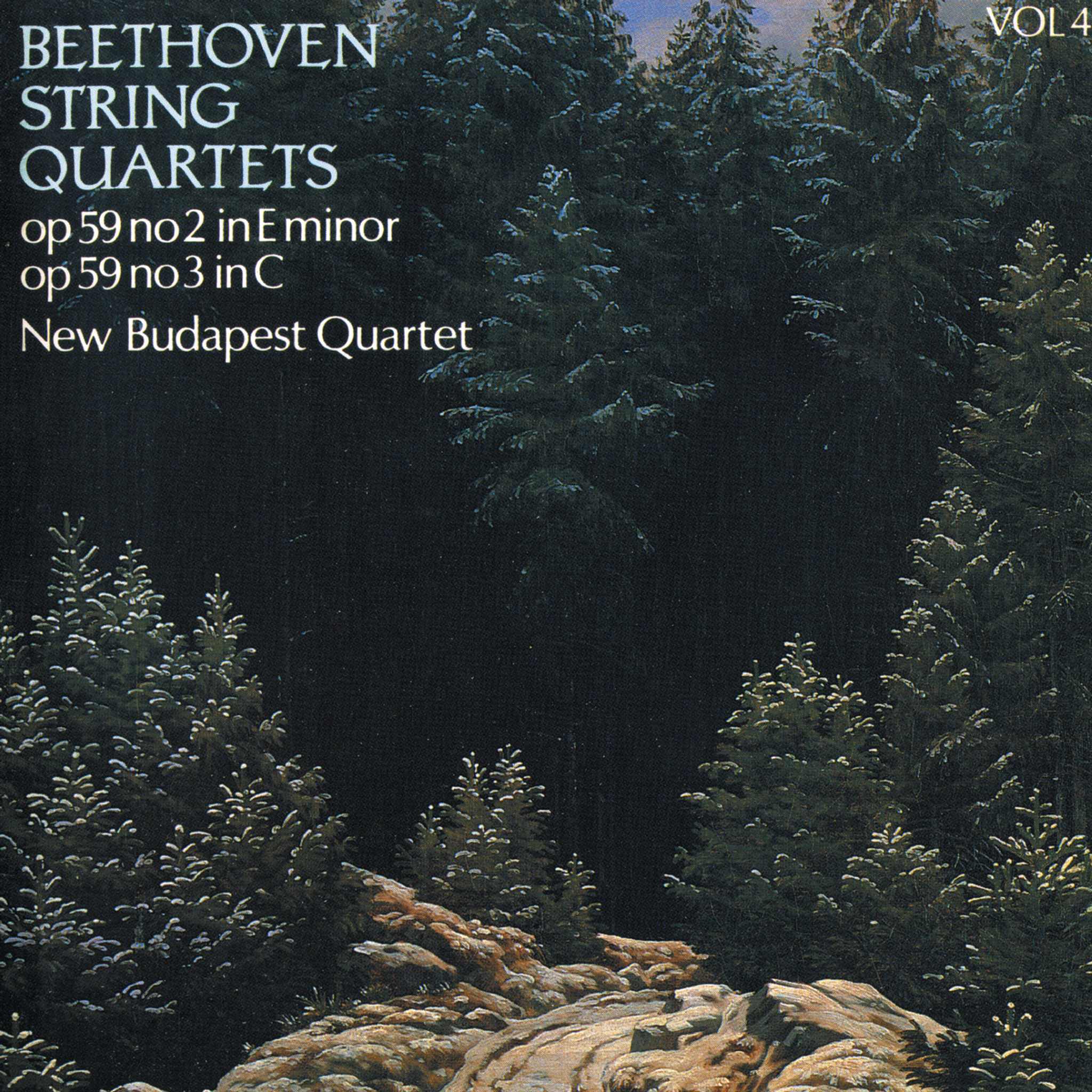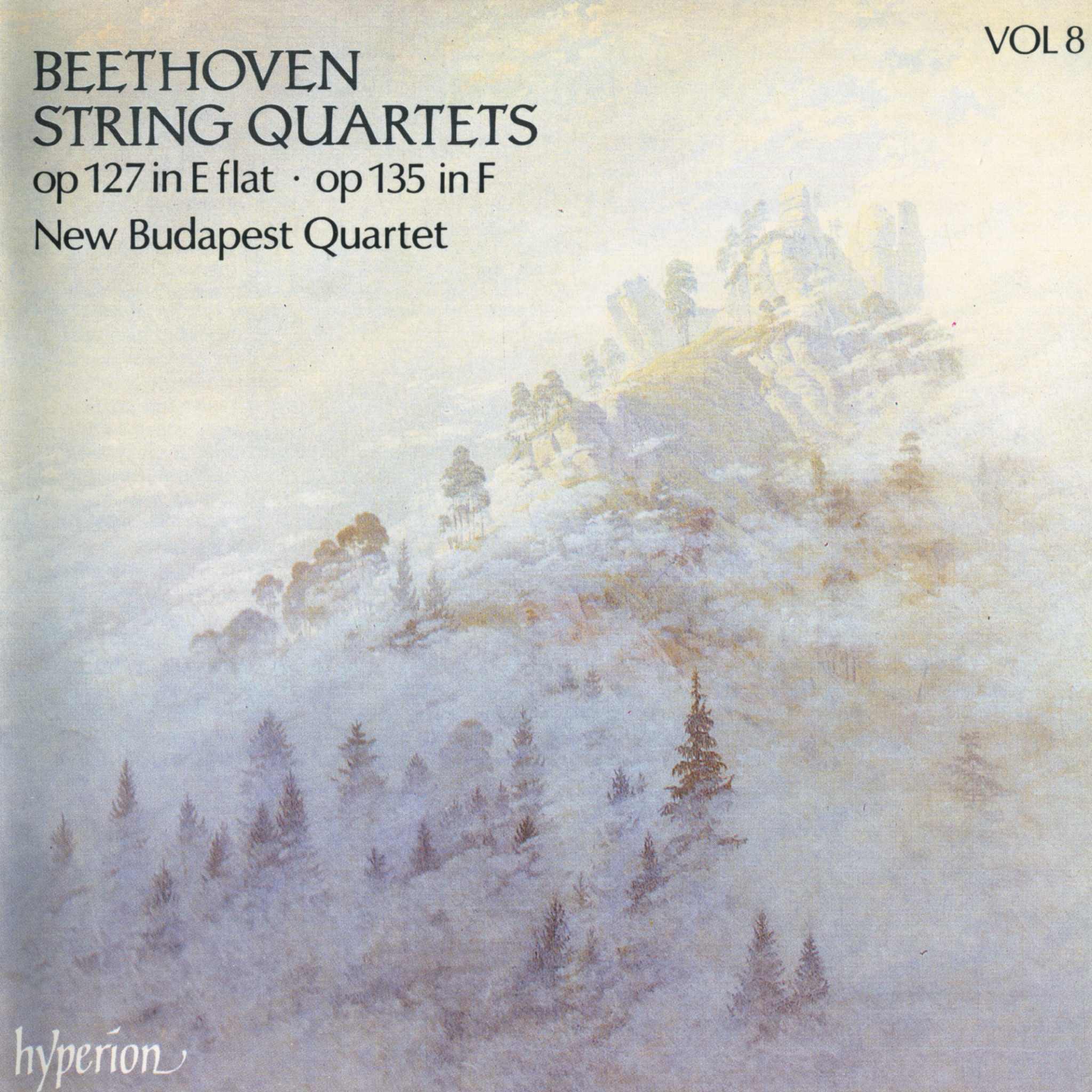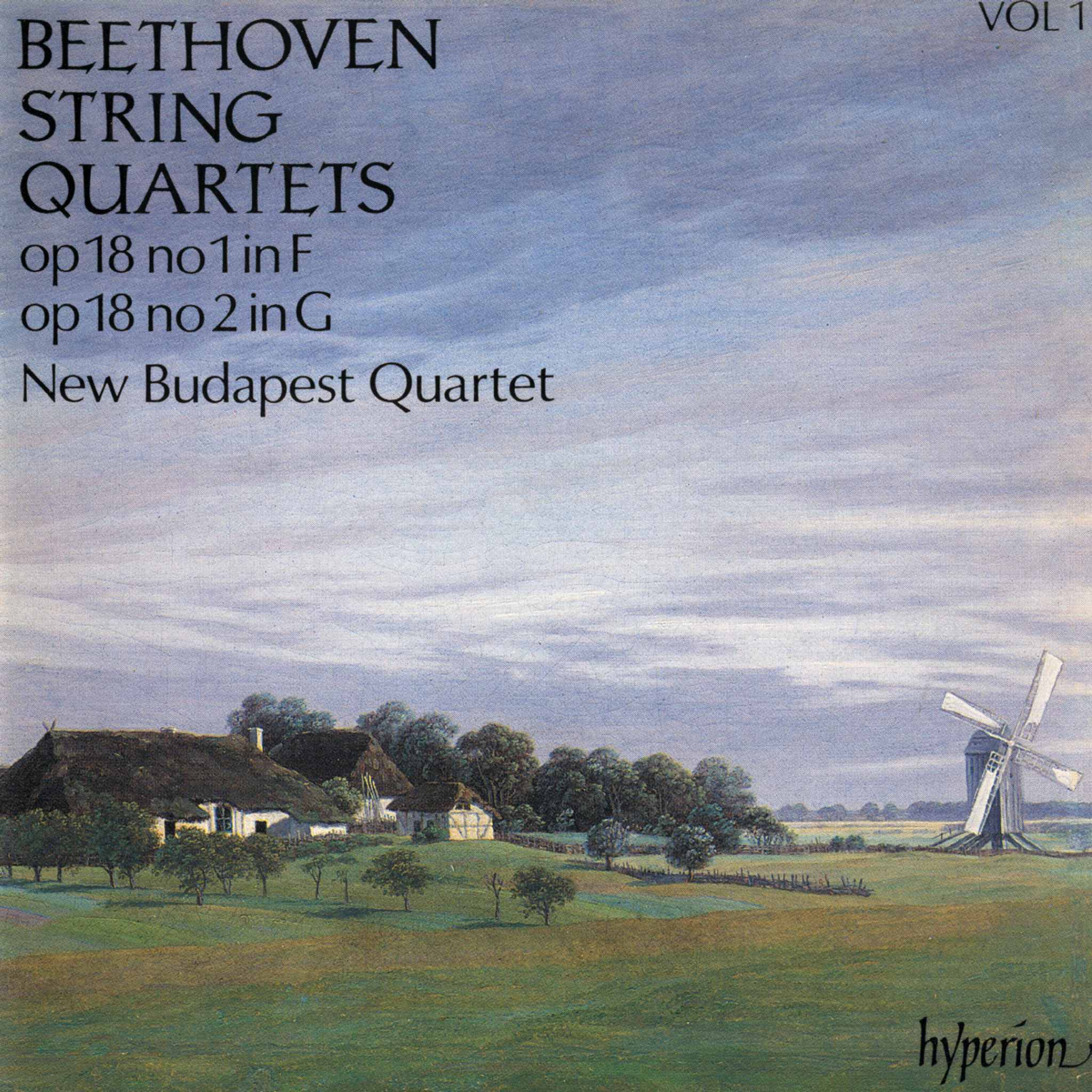Album insights
In the exploration of the French and English music between 1150 and 1450, these recordings aim to delve into the richness of the era. 'The Spirit of England and France' started with an anthology (Helios CDH55281), offering an overview of the predominant music, from monophonic songs of the 12th and 13th centuries to the French polyphonic songs of the 14th and early 15th centuries, as well as English music for Mass and other religious occasions. The music in this recording, Part II, was selected from the earliest layers of music represented in Part I, mainly from the monophonic song collections of the 12th and 13th centuries. These songs, particularly the Trouvères' works, encompass treasures from Picardy, Artois, Champagne, and Belgium. Almost two thousand French-language poem texts for solo voice dating from 1170 to 1300 have survived, including laments, tales of erotic adventures, love debates, political lyrics, spinning songs, prayers to the Virgin Mary, and calls for a crusade.
The Grand chant, an extensive reflection on love's affairs, served as the Trouvères' premier genre. The mournful fervor and weightiness of songs like Gace Brulé's "Desconfortez, plains de dolor" hold a central position within the Grand chant tradition. These songs often opt for abstraction, lacking a clear narrative framework and seldom explicitly expressing physical desire. In contrast to lighter genres like the Pastourelle, the refrains in Grand chant songs tend to evolve with each verse, avoiding celebratory choruses. The melodies of Grand chant songs are often broad in range, conducive to conveying various emotions and techniques unique to this genre. The prevailing musical style of the Grand chant was not typically associated with mensural rhythm. The jeu parti, a debate between two Trouvères, discusses love questions akin to a secularized scholasticism, common in late medieval culture.
The chanson de toile, favored in Lorraine in the 13th century, emphasized love and solitude, supported by prosodic elements reminiscent of older French verse traditions. This archaic ambiance is heightened through longer verses and single-stanza structure, echoing forms found in epic poetry. Pastourelles, on the other hand, convey narratives candidly addressing physical desire, sometimes resorting to force when persuasion fails. Balades and dansas, carrying distinctive musical practices, often integrated instrumental accompaniment and mensural rhythm. The descort, exemplified by Gautier de Dargies' "La doce pensee," disrupts traditional decorum through varied stanzaic forms and melodic structures.
Trouvère poetry taps into paradox and oxymoron, exploring themes of unrequited love and internal conflicts through carefully structured linguistic nuances. Their lyricism, rich in syntactical variation due to French inflectional forms and conjunctive constructions, navigates intense emotions while preserving linguistic purity. Trouvère music, predominantly monophonic, follows poetic lines meticulously, employing delicate embellishments and harmonic consistency. These melodic lines typically respire within an octave range, offering balanced vocal challenges and musical aesthetics prevalent in troubadour traditions.
This musical rendition aims to encapsulate the troubadours' stylistic nuances, respecting the traditional modes of the time, as expertly proposed by key musicologists of the genre. The performers may have sought to recreate the troubadours' emotional and stylistic integrity in their interpretations, adhering to guidelines reflecting the troubadour practices. The strive for purity in both language and music characterizes troubadour works, encapsulating a nuanced exploration of love, desire, and linguistic precision in their rich artistic endeavors.





